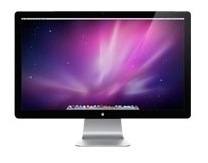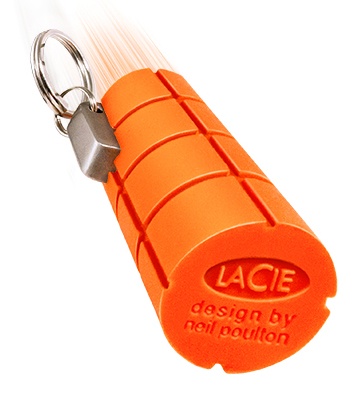“iFixIt,” a site that tears down new tech products so you don’t have to, has torn into Apple’s new Thunderbolt Cinema Display. Here’s what the iFixIt’ers had to say:
“We got the warm fuzzies when we found out that no proprietary tools were required to dissect Apple’s colossal display. In fact, all you really need to pull the guts out of this machine are some heavy duty suction cups, Torx T6 and T10 screwdrivers, and maybe a spudger here and there.
“All in all, we were struck by the Thunderbolt Display’s ease of disassembly, and its 8 out of 10 repairability score reflects our admiration. But what did we find inside? Lots and lots of goodies that usually don’t come standard with an LCD monitor. Although monitors usually don’t cost as much as a laptop, either.”
The teardown can be found at http://www.ifixit.com/Teardown/Apple-Thunderbolt-Display-Teardown/6525/1 .
Per “iFixIt,” the teardown highlights include:
° Much like the iMac we tore apart earlier this year (and the iMacs before it), the Thunderbolt Display’s front glass panel comes off with the help of some heavy duty suction cups.
° The LG display found inside is model number LM270WQ1. It’s the same display found in the iMac Intel 27-inch from October of 2009, as well as the same basic LG display found in Dell’s competing 27-inch monitor (UltraSharp U2711) — though the Apple version uses LED backlights as opposed to Dell’s traditional CCFL. Dell’s version is also matte, something that lots of Mac users have been complaining about since the old 30″ Cinema Display was discontinued.
° The 27-inch (diagonal) TFT active-matrix LCD has a resolution of 2560 by 1440 pixels, the standard for displays of this size and price. Its 12 ms response time and 16.7 million colors, however, fall short of the 6 ms response time and 1.07 billion colors of Dell’s comparable display. We might be splitting hairs here, but those hairs would be viewed with 1,053,300,000 less colors on Apple’s display. Just saying.
° The fan is easily removed simply by detaching a couple of connectors and unfastening a few screws. Apple has, as usual, chosen to go with a large, brushless fan to keep the colossal Thunderbolt Display cool and quiet.
° Interestingly enough, the Thunderbolt cable that routes into the display also plugs into a standard Thunderbolt socket on the logic board: http://bit.ly/nwPTGm Apple could have just soldered the cable wires to the board, but instead chose to implement a cover that prevents the cable from being detached from the logic board’s Thunderbolt socket.
° Both sides of the logic board are packed with enough chips that it’s hard to believe there’s no computer inside this display.
° We found some massive speaker enclosures near the side edges of the Thunderbolt Display and eagerly removed the screws holding them in place. Turns out the Thunderbolt Display comes with a 49 Watt 2-speaker sound system, including a miniature subwoofer.
° We made quick work of the few screws and connectors that held the Flextronics power supply in place and found that this puppy provides 250 watts of maximum continuous power!
You can find some Thunderiffic images as follows:
Final layout: http://guide-images.ifixit.net/igi/gvZMoZObQNhLU1BO.huge
Taking out the LCD: http://guide-images.ifixit.net/igi/hHrBjGnBn2vXMUrJ.huge
Disconnecting the Thunderbolt cable from the logic board: http://guide-images.ifixit.net/igi/DK5RLSR1SPHVHpph.huge
Cool bonus — a wallpaper made from one of Thunderbolt Display’s chips, in the Display’s native 2560 x 1440 resolution: http://guide-images.ifixit.net/igi/HMqJlaQOxa2uEVpB .



![[MD1] Heuris MPEG Export Engine for Avid Cinema](https://www.mactech.com/wp-content/themes/Extra/images/post-format-thumb-text.svg)
